More and more often you hear the advice to use a crate for the dog. However, there is also an opinion that this way isn’t good. I was also concerned about this question, so I decided to find out if I should crate train my dog?
Contents
What the experts say about crate training
I decided to interview dog training experts to find the answer. Here’s the information I received.
I recommend training a dog for many reasons. Teaching a dog to enjoy being in their crate is a wonderful way to add a management option when training. For example, when potty training a puppy, to be successful, eyes must be on your puppy at all times. When you can’t watch your puppy, providing a safe place, such as a crate is a great option. The same can be true for a variety of situations, cooking dinner, workers in the home, big human gatherings where you might not be able to focus on your dog at all times.
Not to mention, if your dog ever has to spend time at a grooming salon, boarding facility, or kennel, if he already is happy and accustomed to being crated, these situations won’t be as stressful. Care must be taken when teaching a dog to love his crate, You don’t want to use the crate as a form of punishment or in lieu of training and interaction. It’s a tool and should be used wisely.
Tonya Wilhelm has been a professional dog trainer for over two decades. She loves to spread the word about positive ways of preventing and managing behavior issues with a holistic approach.
Crate training is very beneficial! It provides dogs with their own space to decompress, it keeps them safe when unable to be supervised, prevents potty accidents, and prevents nervous dogs from interacting negatively with new people and other dogs. Not all dogs find crates comforting, but if trained appropriately it can be a incredible management tool.
Autumn Rose Reynolds – Dog trainer, a graduate of Victoria Stilwell Academy.
Benefits of crate training
Crate training may not be easy, but it’s worth the effort. Here’s why:
- A crate helps potty train a puppy. Dogs don’t pee in a place they consider their den. So you can put your dog in a crate to teach him bladder control.
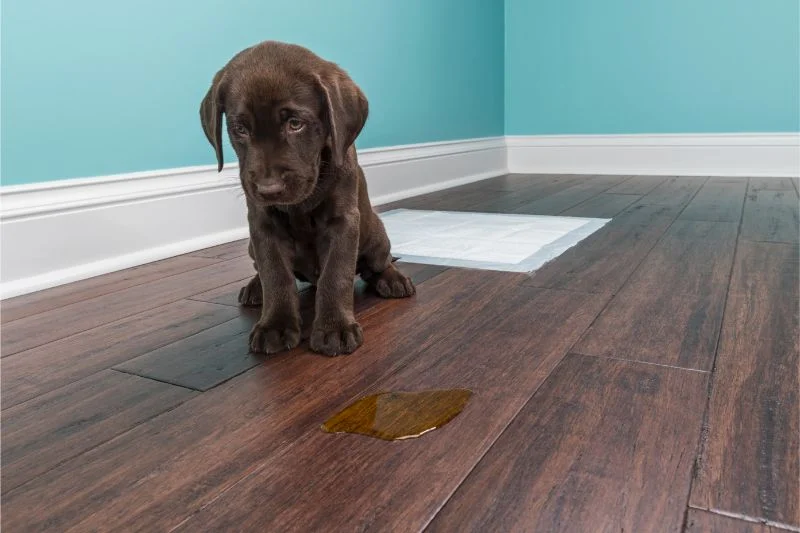
- You can leave the dog in the crate when you are not home. The dog will be safe there and will not get into trouble. Also, he won’t run around the house and ruin things and furniture.
- You can use the crate to help your puppy sleep peacefully at night, and to calm a hyperactive puppy.
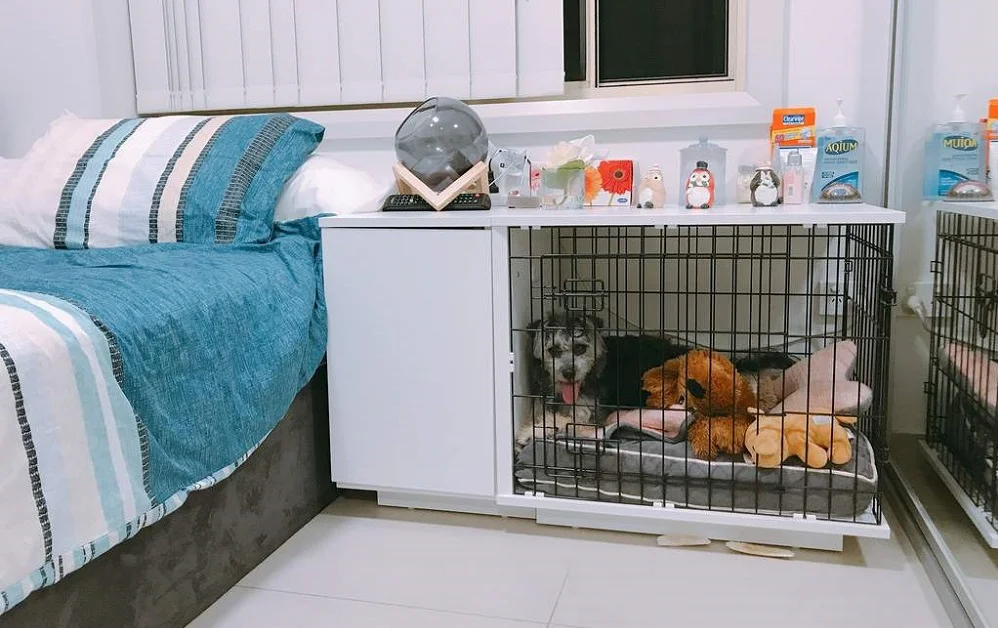
- The dog will be able to hide in the kennel when he is scared or wants to be alone. Animals feel safe in their den.
- If your dog is crate-trained, you can transport him in the car or on a plane. A crate may also be necessary to limit the movement of a sick animal, for example, after surgery.
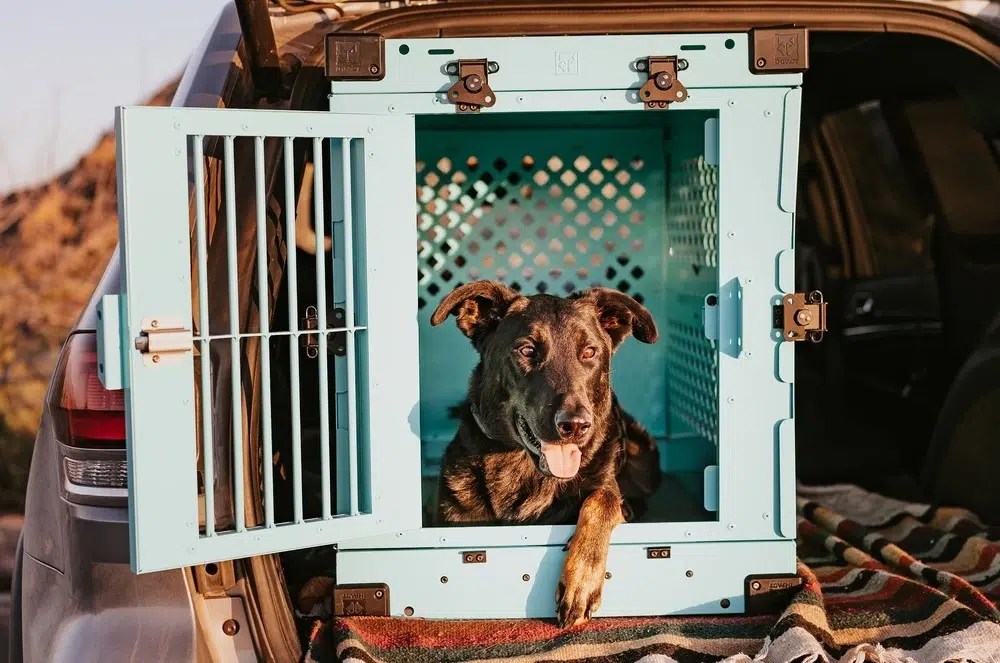
A crate can be especially helpful for dogs that have been picked up from a shelter. They are more likely to suffer from anxiety and are prone to disruptive behavior.
Is it cruel to crate a dog?
Some people think that putting dogs in a crate is cruel. It’s not natural for humans, just like confinement. But experts say it’s natural for dogs to seek a secluded place, a shelter where they can hide.
That means they feel comfortable and safe in a crate. Organizations such as the Humanesociety, the AKC and the RSPCA recommend crate training, but only if the rules are followed.
Yes, dogs can whine and cry in a crate. This is their way of trying to get their owner’s attention. If you go for such manipulations, your pet will take advantage of it.
Babies who are used to being in their parents’ arms behave the same way. But they need to learn to be self-sufficient. Therefore, parents are taught to ignore every demand of the baby so that the child can spend time in the crib.
Alternatives to crate training
If you don’t want to crate train your puppy, there are alternatives:
- Playpen. The playpen performs the same function as a crate, but offers more space. It provides space for potty and playtime.
- Baby gates. You can use it to delineate a safe space for your dog.
- instead of crating your dog while you’re away, you can hire a doggy daycare or nanny. But that won’t solve the problem if you need to transport your dog.
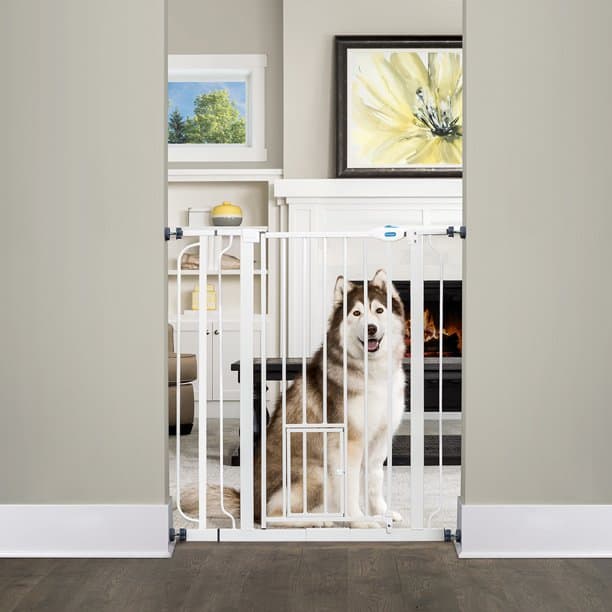
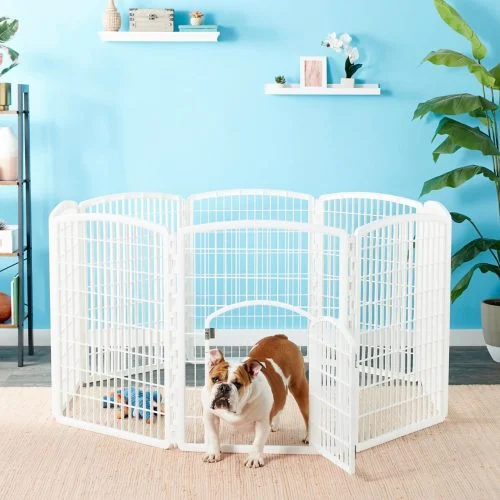
Should I lock my dog in his crate while I'm at work? Here are helpful tips for those who leave their dog alone while they are working.
Conclusions
I came to the conclusion that сrate training can be very useful for dog owners. Even if you don’t plan on using it every day or night, the crate is very useful in everyday life.
But there are a few points:
- crate training will be successful if done correctly (gradually, without pressure). It takes time and patience to get the dog used to the kennel, just as it takes time to potty train;
- do not leave your dog in the kennel for a long time;
- it is important to choose a kennel that is safe and comfortable for your dog;
- if your dog absolutely refuses the crate, even if you have tried all methods, you shouldn’t force him. Consult a professional or try another option.
Save this article on your Pinterest Board so you don’t lose it!